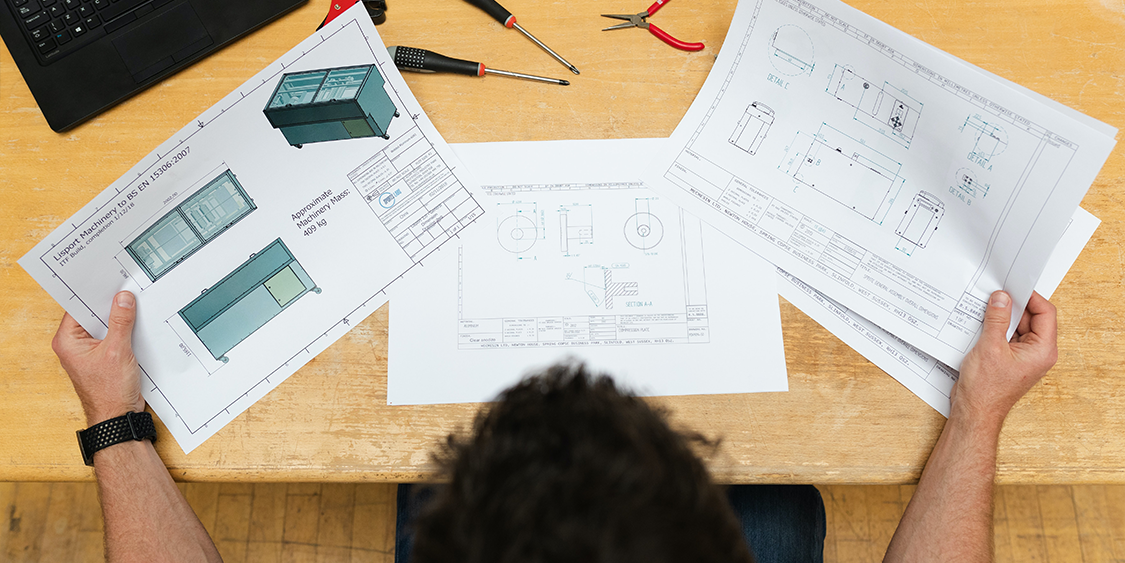
The following five-phase approach has been developed by the Society of American Value Engineers (SAVE International) and today serves as the basic framework for applying VA to projects. Typically, this process takes three to five days as a concentrated, highly structured workshop.
The 5 Phase Approach to Value Engineering:
The information phase. The VE team discusses the purpose and background of the project to date, identifying the owner’s primary objectives and definition of value, as well as the key functions to be achieved by the project. The lead designer then presents the design to date, explaining how the design decisions support the functions and provide value to the owner.
The speculation phase. Here, the VE team brainstorms different ways the project design and specifications can be modified to increase owner value. This is a free flow of ideas without judgment as to the validity of the suggestions. These ideas can focus on reducing costs and/or increasing functionality so long as overall value is increased.
The evaluation phase. Each idea developed in the speculation phase is analyzed by the VE team for potential increase in value and the feasibility of achieving that increase. The ideas that are judged to be impractical or infeasible are eliminated. Those that are deemed practical and feasible are retained for further study, sometimes ranked by potential value increase.
The development stage. The ideas that are considered feasible targets for increases in value are developed into workable solutions. These typically take the form of proposed changes to the design as well as any substitutions of materials and mechanical systems. Project cost and time estimates are revised to reflect the changes.
The presentation phase. Here, the VE team compiles a full report of the agreed to changes, including revised designs and specifications. The report focuses on impacts to functions and costs and the expected net increase in value. The owner or its representative makes the final determination as to which proposals will be implemented.
It’s easy to see why value engineering is most effective when a value engineer is brought on early in the initial phases of the design process. Early implementation greatly reduces the need to revise design documents beyond the schematic phase and typically has less impact on budgets and schedules.
Still, some owners have implemented VE as late as the construction phase. Here, the contractor is given the primary task of proposing changes and the lead designer is tasked with reviewing the suggestions on the owner’s behalf and determining whether they may have negative impacts on the overall design, functionality and cost of the project. This late stage VE is less than ideal, but not totally unworkable with a knowledgeable and cooperative contractor.
Find out more:
Download our free guidebook “Finding Value in Value Engineering” to learn more about the work of a Value Engineer and how the work can benefit you:




